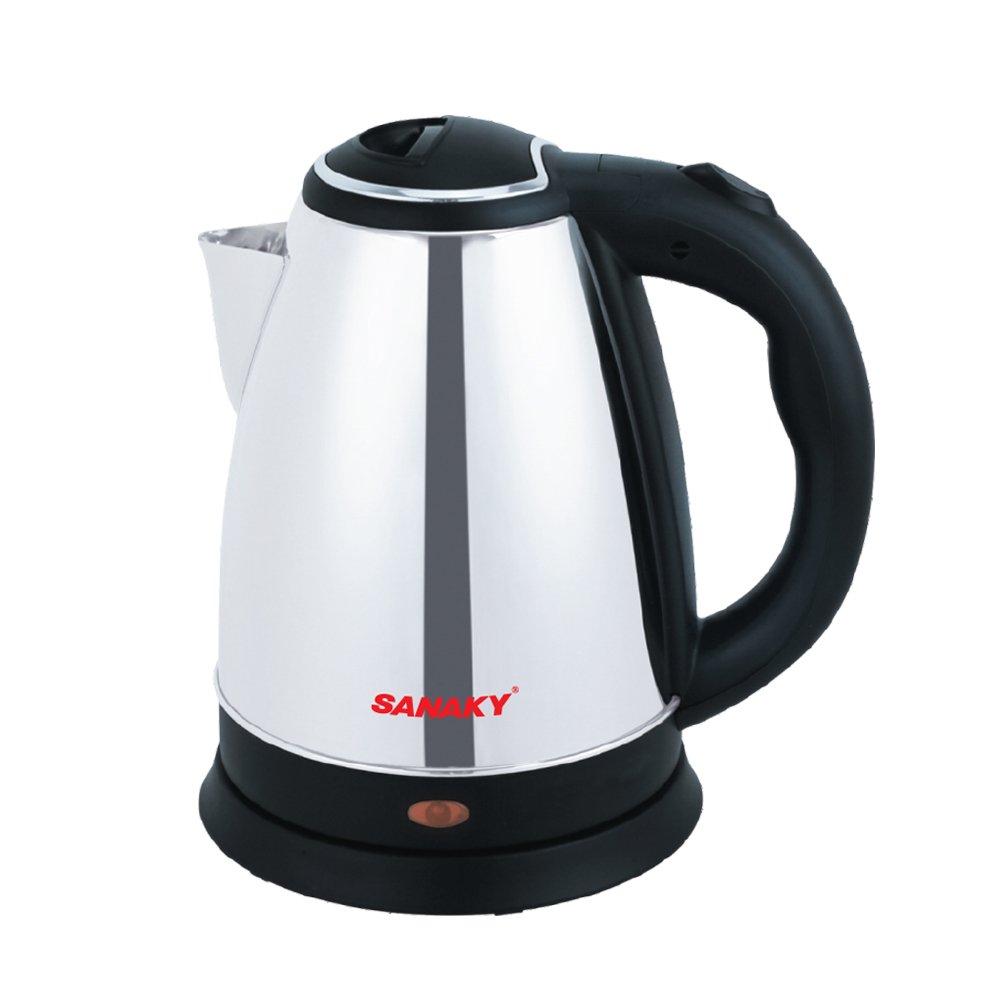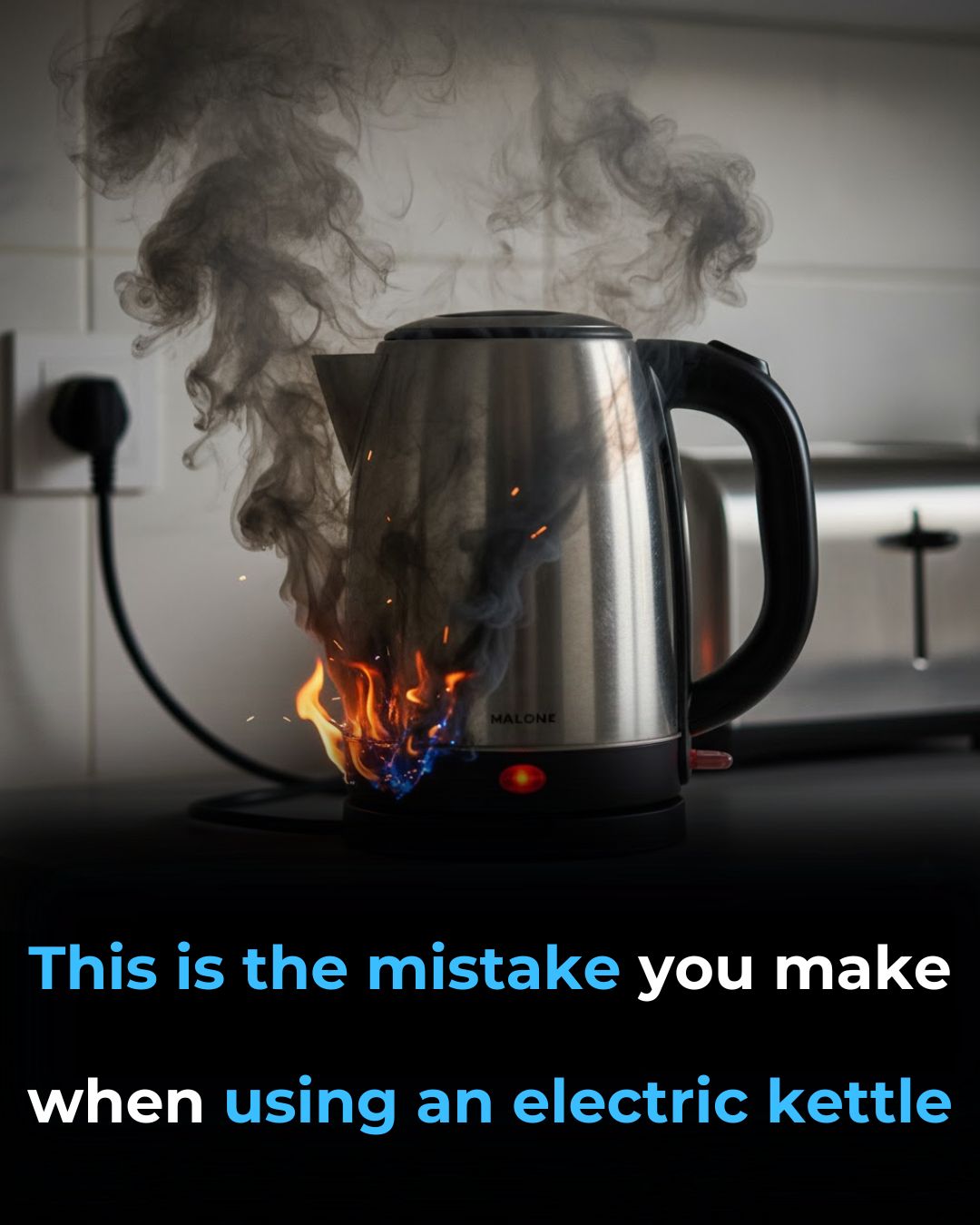The most common mistake is misusing or neglecting the kettle — especially overfilling it, running it dry, and ignoring limescale / damage.
Those mistakes cause safety risks, shorten the appliance’s life, reduce efficiency, and can make your water taste or smell off.

1) The biggest mistakes people make (and why they’re bad)
1.1 Overfilling the kettle
- What: Filling above the “max” line (or right to the top).
- Why bad: Boiling water will splash or spray out of the spout (steam + hot water burns). It puts extra stress on the auto-shutoff mechanism and can leak onto the base, damaging electronics.
1.2 Running the kettle dry (boiling with no water)
- What: Switching the kettle on with too little or no water.
- Why bad: The heating element gets extremely hot without water to absorb heat, which can warp or burn the element, trip safety cutouts, or (on cheap units) cause a fire hazard.
1.3 Ignoring limescale (hard-water buildup)
- What: Never descaling or cleaning the inside.
- Why bad: Limescale reduces heating efficiency (takes longer, uses more energy), can trap mineral residue that affects taste, and in extreme cases can cause element failure.
1.4 Not checking or replacing a damaged cord/base
- What: Using a kettle with a frayed cord, loose plug, or cracked base.
- Why bad: Exposed wires or poor connections increase the risk of electric shock or short circuits.
